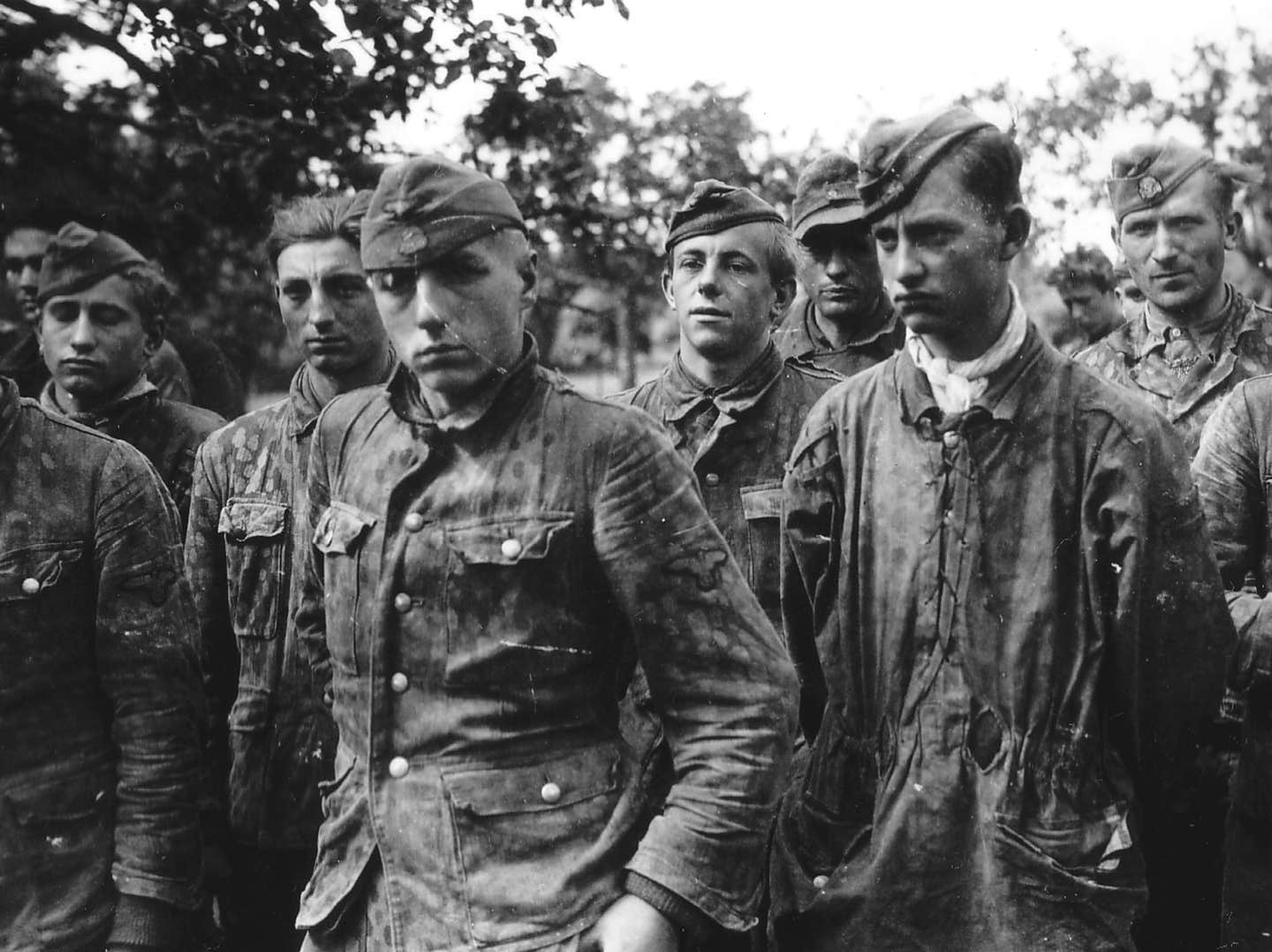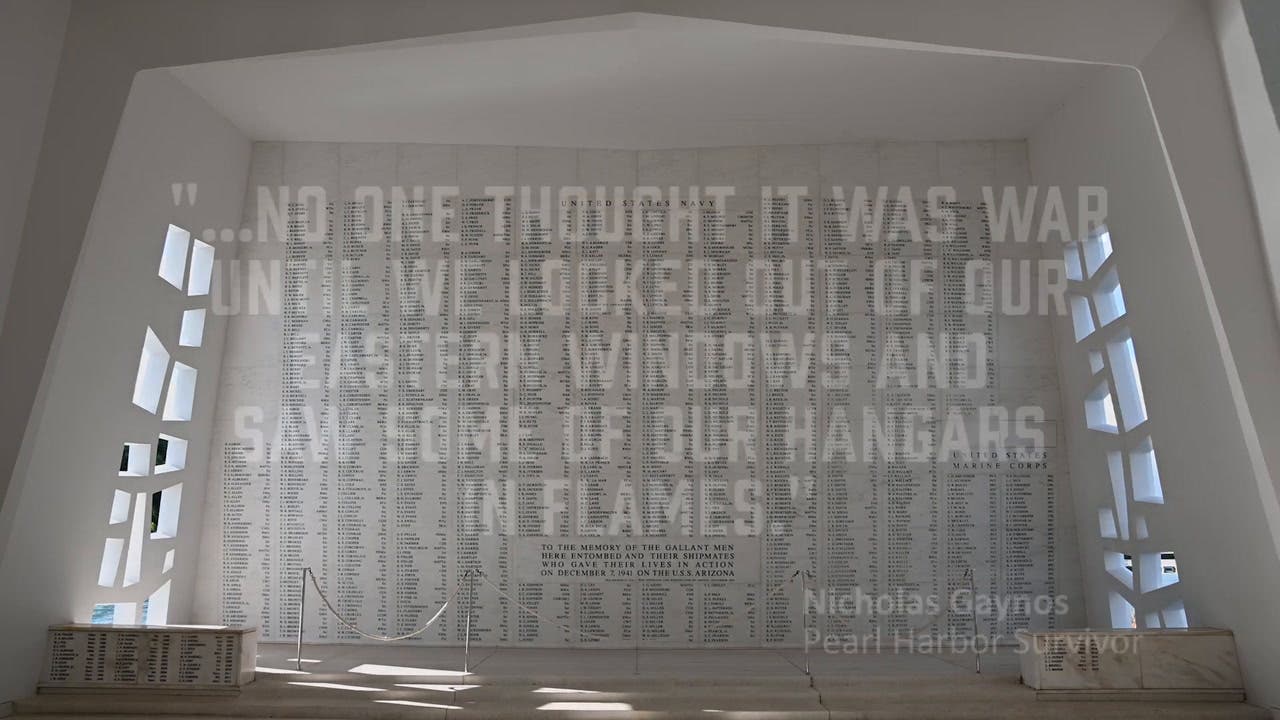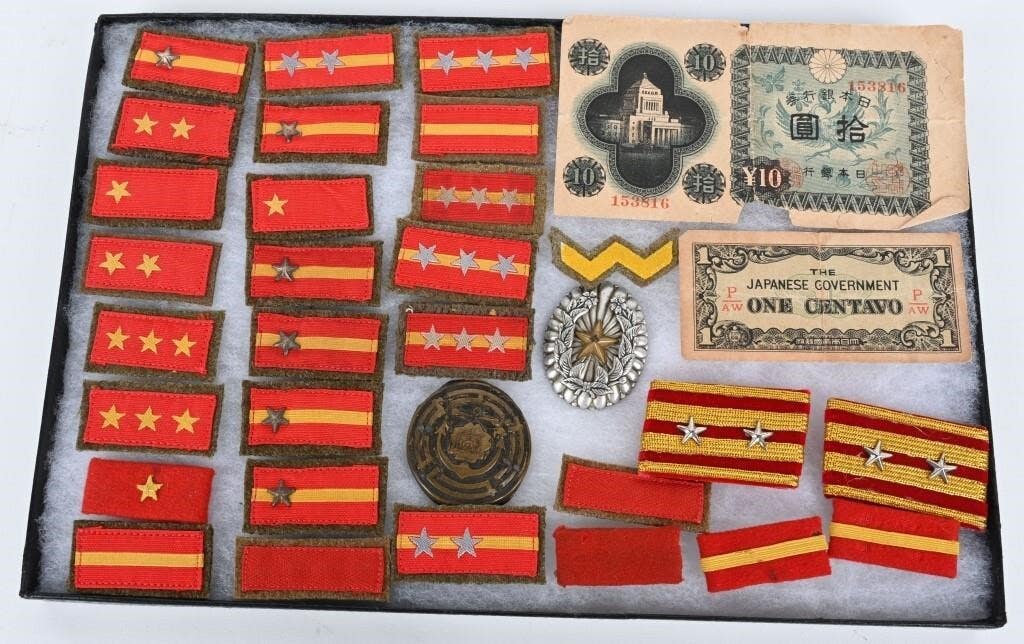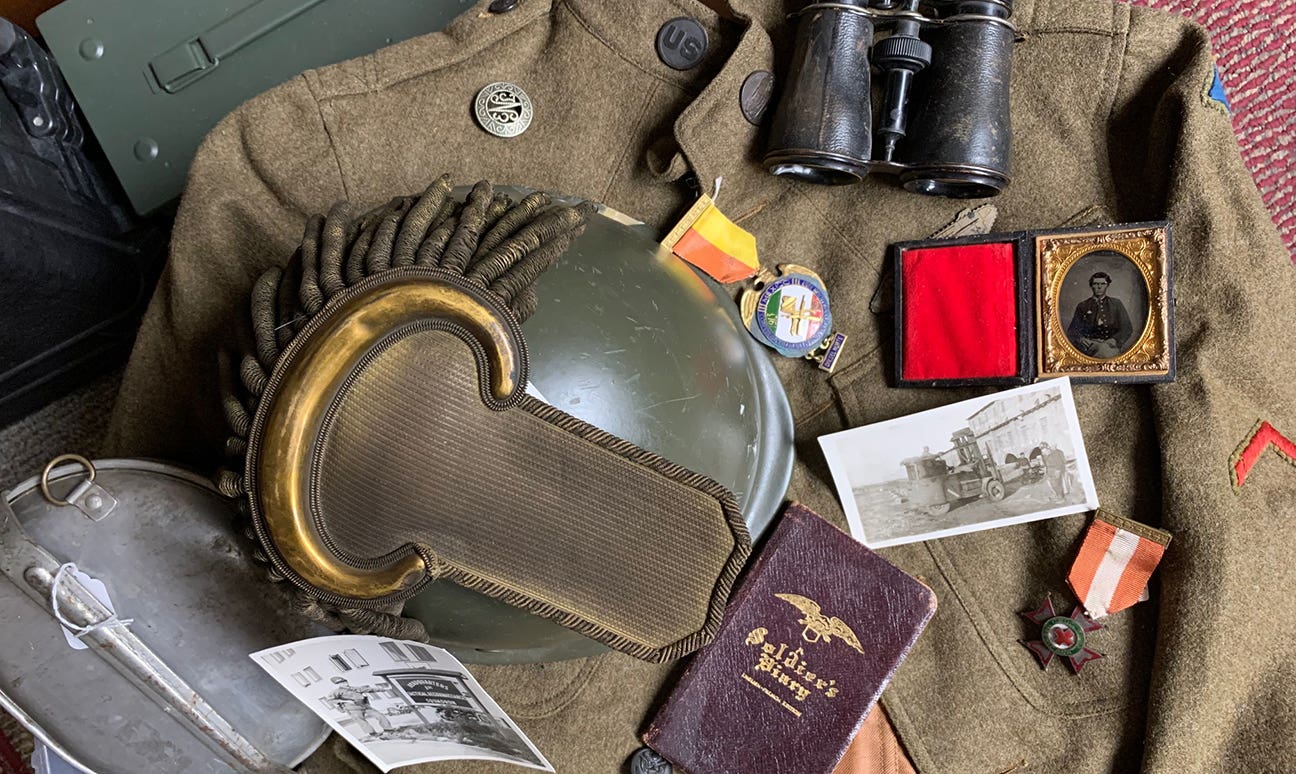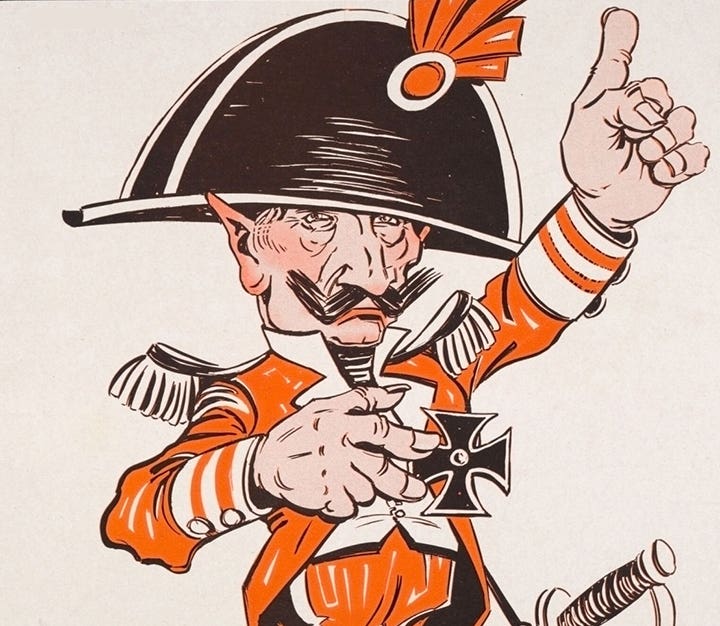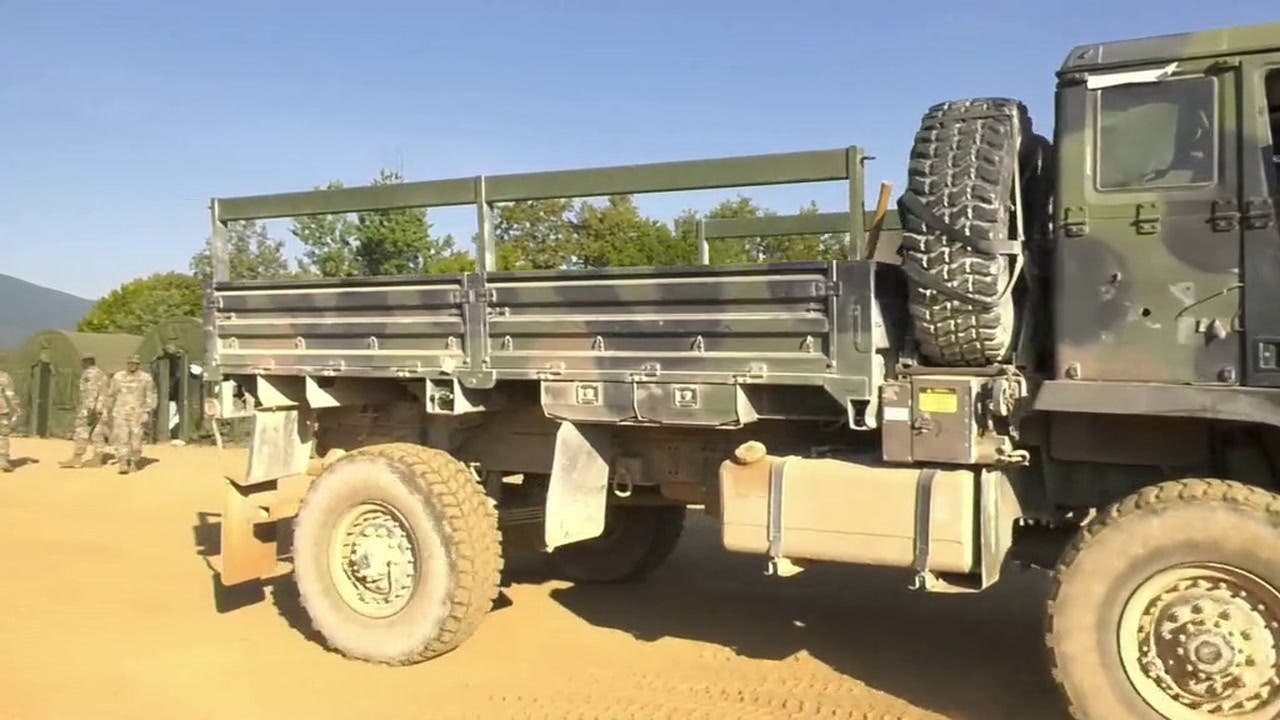Dancing Bears Can Help Your Show
Being a child of the 1960s, my first encounter with the term “dancing bear” was on Captain Kangaroo. For those who aren’t familiar, the Captain hosted a kids’ show on…
Being a child of the 1960s, my first encounter with the term “dancing bear” was on Captain Kangaroo. For those who aren’t familiar, the Captain hosted a kids' show on television. One of his regular guests was a life-size teddy bear that didn’t speak. Rather, he communicated through dancing—hence, the name, “Dancing Bear.” So, when my dad answered my five-year old question about why we had our cases of meat in the back of the store by telling me, “You need a good dancing bear,” I just looked at him with a confused expression on my face.
About 50 years had passed since I gave any thought to the Captain, the Dancing Bear, or my dad’s response. But just recently, I heard myself say to a show promoter, “If you want new people to come into your show, you need a dancing bear.” I suspect the confused expression on his face was pretty much the same one my dad saw so many years ago.
SO WHY HAVE A BEAR THAT DANCES?
Okay, I am NOT advocating that you hire some out-of-work Barnum & Baily performer to show up at you show, but here is the line of thinking: Meat and milk are in the back of stores because those are the two most popular types of groceries. Placing them in the back of the store forces customers to walk down the aisles to get their milk or ground beef. Along the way, they hopefully grab a package of buns (high profit), a bottle of ketchup (higher profit) or some other item. The grocer doesn’t make money on the ground beef or the milk, those are the “dancing bears.”
If you are still reading, you are probably asking yourself, “And what the heck does this have to do with the hobby?” Okay, so here it is, plain, harsh, and honest: There is a whole lot of competition out there for the public’s leisure time. Getting casual or potential customers through the gate into a military vehicle or collectible show is going to require some serious dancing bears.
The dedicated hobbyists, like you and me, don’t require a dancing bear to get us into a show. The relics or the vehicles are enough. But, again, and I am just trying to be honest…we are a very small minority in any population base. If a show is going to depend on the dedicated hobbyists like us, they aren’t going to survive in an age where the price of insurance, hall rental, and porta potties are all out-pacing any growth of the enthusiast base. To survive, shows need people through the gate. And to get more people through the gate, they need to think in terms of a “dancing bear.”
WHAT TYPES OF DANCING BEARS?
If you could get Captain Kangaroo’s Dancing Bear at your show, I guarantee that would get a bunch of 50-60 year old men and women to your show. Probably not the best idea out there, but here a few Bears that some shows have tried and tested.
*Heroes Meet-and-Greet—The Ohio Valley Military Society (OVMS) has relied on celebrity veterans to be the dancing bears at the Show of Shows for many years with great success. I — and thousands of “casual guests” — have met Medal of Honor winners, WWII paratrooper veterans, Enola Gay crew members, and retired Generals at the annual shows. Many people from the Louisville / Cincinnati area pay to get into the Show of Shows just to meet these national heroes. And where does the Show of Shows place these celebrities, you ask? Well just like Dad told me 50 years ago, in the back of the Show. All of the people wishing to shake hands with a Vet who survived the attack on Pearl Harbor, jumped at Ste Marie Englise, or walked out of the Chosin Valley alive, have to walk down long aisles of vendors’ tables to do so
*Reenactments—For years, I have bragged about the number of people who attended the Iola Military Vehicle Show — usually in the 8,000-10,000 vicinity in each of the last five or so years. Ten thousand people did not drive to a little town in central Wisconsin JUST to look at Army trucks. No, they came because there was full day of activities built around the vehicles on display. Over the years, these activities — or “dancing bears” —included, radio-controlled plane demonstrations, helicopter rides, parades of vehicles, climbing walls (courtesy of the US Army recruitment program), different food options, USO-type shows, fashion shows, weapons demonstrations, and, yes, choreographed reenactments resplendent with lots of pyrotechnics. The thousands may have “come for the trucks,” but they stayed for the explosions.
*Family Friendly Activities—Again, you have to think beyond the tables of helmets or rows of Jeeps. Consider adding free attractions like a climbing wall, a bounce house, paintball target range, Lego pit — anything that appeals to kids. Everyone says they “want the young involved,” but when you look around a show, why should a 30-year-old couple with a three-year-old and a toddler spend their valuable weekend at it? There is nothing for the family “to do.” So, of course, they don’t attend our shows—they are spending their leisure hours at amusement parks, hands-on museums, or any other venue that offers the opportunity for interaction. Walking up and down aisles of tables where ol’ timers stare at you is not all that appealing to the “young.”
*Create an “Experience”—Young people aren’t ignoring military shows because they found other collectibles to satisfy their curiosity. People under 40 are swept up in the wave of "participation activities." What kind of activities can a bunch of military collectors offer that will appeal? Why not recreate a boot camp, throw 60-lb rucksacks on participants and run them through. Take down best times through the day and offer some sort of “participation” car sticker or ribbon — something they can show and brag about on Monday at work.
*Co-op with other shows—Okay, to be able to actually consider this option, you have to first admit something: In a given geographic region, there is a finite number of people who are going to attend a military relic or vehicle show—no matter how much you spend on adverting and marketing. Once you have reached those people, your marketing dollars are spinning down a hole. Your only chance to getting more than the finite number of militaria enthusiasts to come to your show is to broaden the appeal. Perhaps you could co-host your militaria show with a gun or antique show or your military vehicle show with the antique car or tractor show. You might have to share some of the gate with your co-sponsor, but if your gate multiplies because of the shared venue, you come out a winner.
The point of all this is, the show model of 15 or 30 years ago just doesn’t work anymore. Casual visitors have so many other opportunities to satiate their curiosities. So, if shows are going to survive, we need to figure out how to redefine them to entice fresh people to attend. Consider adding something fresh and appealing to your venue. Who knows what will capture the casual visitor's attention as they walk down the aisles on their way to see your “dancing bear.”
Preserve the Memories,
John Adams-Graf
Editor, Military Trader and Military Vehicles Magazine
John Adams-Graf ("JAG" to most) is the editor of Military Trader and Military Vehicles Magazine. He has been a military collector for his entire life. The son of a WWII veteran, his writings carry many lessons from the Greatest Generation. JAG has authored several books, including multiple editions of Warman's WWII Collectibles, Civil War Collectibles, and the Standard Catalog of Civil War Firearms. He is a passionate shooter, wood-splitter, kayaker, and WWI AEF Tank Corps collector.



